Amidst the countless diamond cuts, emerald and princess cuts stand out for their extraordinary allure. Unlock the mysteries of each cut—from their distinct facet structures to their timeless elegance and discover which diamond best complements your desire with our helpful guide. With this knowledge, you’ll be able to make an informed purchase with conviction.
Main Difference: A vivid contrast between emerald and princess cut diamonds is visible in their shape. While emerald cuts showcase an elongated, rectangular shape, as well as step-cut facets, princess cuts boast a square design with ideal brilliance. This gives the latter a stunning radiance that outshines the delicate sparkle of emerald cuts.
Table of Contents
Read Also: Cathedral Vs Tiffany Setting
Emerald Cut vs Princess Cut: Overview
Emerald Cut
Emerald cut diamonds boast a unique and captivating beauty, setting them apart from other cuts. Their long, linear facets that run parallel across the table create a larger rectangular surface area, radiating light for an exquisite show of brilliance. With their 57 faceted steps beginning at the middle of the diamond and gradually extending outward, emerald cuts offer remarkable allure and elegance.
Beveled edges lend to eight sides, four identical in length while the other four mirroring their counterparts in perfect symmetry. Ideal for engagement rings, these precious stones offer a cost-effective alternative to brilliant cuts, allowing buyers to choose a higher carat weight for the same price as a princess cut. Their distinct beveled corners separate them from baguette cuts, adding to their mesmerizing charm.
Princess Cut
Beautifully unique with its rectangular shape and pointed corners, the Princess cut diamond radiates aristocratic appeal. When viewed from above, these diamonds create a majestic pyramid shape, adorned with up to 58 facets to maximize its captivating brilliance.
While the length-to-width ratio can vary, when kept within 1.05 it exudes a timeless and symmetrical look. Whether as a central solitaire or delicate accent stones, Princess cuts lend a subtle allure to any engagement ring design.
Emerald Cut vs Princess Cut: Differences
Settings
Crafting the ideal engagement ring requires careful consideration when selecting a setting. Princess and emerald cut diamonds are both highly versatile, lending themselves to various styles that will make them shine. From timeless solitaires to halo accents and pavé bands, there is an array of choices to choose from.
The three-stone setting with tapered baguettes provides an elegant finish with its rectangular complements, while subtle accents such as the hidden diamonds bring out the beauty of the cut. For a sleek and modern look, consider the channel setting for your princess or emerald diamond.
Clarity
Impurities in diamonds can obscure its brilliance and visual allure, making wise discernment paramount when selecting a diamond. The cut of a stone can shift perception, allowing imperfections that may otherwise be easily visible to remain hidden from view.
For instance, due to its stunning facets, princess cuts boast the ability to conceal blemishes from the naked eye—allowing for lesser clarity grades while still providing an impeccable aesthetic. As such, knowledge of how a diamond’s clarity is affected by its cut allows one to make an informed decision that both meets expectations and provides rewarding value.
Brilliance
The fire and brilliance of princess cut diamonds is unrivaled. As the diamond twirls in the light, colored sparkles dance around, complemented by a brilliant white glow.
In comparison, emerald cuts shine less brightly due to their step-cut facets which cast a subtle “hall of mirrors” reflection. But it is the brilliant cut of the princess cut that truly maximizes its light reflection, elevating it to unparalleled levels of scintillation. No wonder then why this gem is the favored choice for an engagement ring’s center stone.
Color
The color of a diamond can be determining factor of its value, with the more colorless stones generally fetching higher prices. The brilliance of brilliant cut polishes over any subtle nuances of tint, whereas step-cuts such as emeralds may lack the same effulgence and thus expose their inherent color.
For this reason, when selecting an emerald diamond it is prudent to start your search at the H color grade, whereas I would be a suitable place to begin if opting for a princess.
Price
The cost of a princess cut diamond is usually higher than an emerald cut, driven primarily by greater demand. Factors like the rough diamond wastage and quality grades such as carat weight, color, and clarity can also affect this discrepancy.
For example, a 0.90-carat G VS2 emerald cut will average around $3,727 ($2,970 – $4,440) while its princess cut counterpart has a price tag of roughly $3,856 ($3,180 – $4,310), representing a three percent upcharge.
Retailer variations aside, Blue Nile’s figures show that the princess cut demands a thirteen percent premium over the emerald cut for diamonds with the same characteristics. Even so, both were more economical than the round cut alternative; as evidenced by an average price of $1,932 in the sample.
Size
When contrasting diamond size, the carat weight serves as a reliable standard. Two diamonds of 0.8 carats each, for instance, are viewed as equal in size. But when placed side-by-side, distinct cut shapes could lead to an illusion of disparity: emerald cuts, with their rectangular shape, may seem larger due to its weight spread over a broader area; princess cuts often appear smaller because more of its mass chiseled further down.
Nevertheless, the effect on visible dimension is so small—only differing by 0.05-0.10 carats—that it should not be deemed the deciding factor. If you wish for a bigger princess cut, decide on one of a marginally higher weight to make up for that difference.
Durability
The enduring quality of a diamond is paramount to its charm and brilliance. Emerald cuts, with their beveled sides, bring protection from chips while providing a way to display the gem’s beauty. Yet, despite their benefits, these step-cut creations are more prone to being chipped than rounder rocks.
Thus, it behooves one to possess the discernment to choose a setting that both safeguards the karat and allows for its splendor to shine through. When making such decisions, wear and handle your diamond with care lest you damage it irrevocably.
Princess Cut Vs Emerald Cut: Which One Should You Pick?
When comparing emerald and princess cut diamonds, there are various factors to consider in order to determine which is best suited to one’s needs. From the appearance of the cut itself to cost, setting designs, and their impact on color and clarity, there are several nuances that must be taken into account.
Here are a few tips to help you make an informed decision between these two cuts:
Opt for an emerald cut if its rectangular, step-cut facets are your preference, or if you want the more subdued brilliance they bring.
Princess diamond cuts boast more modern geometry and high levels of fire and brilliance—a good choice if requiring protection for vulnerable corners or needing to conceal any imperfections. When put together with the right setting, both options promise to create a stunning piece that is truly one of a kind.
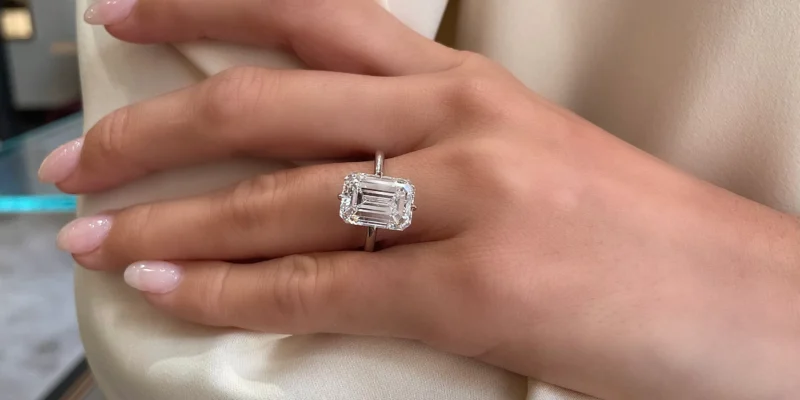
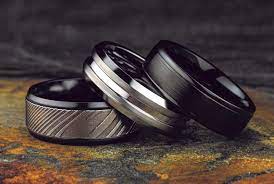
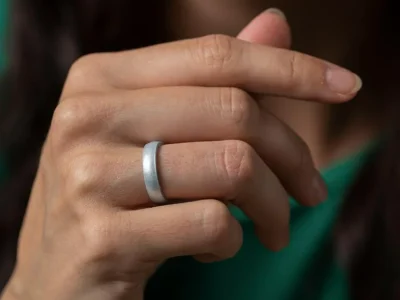
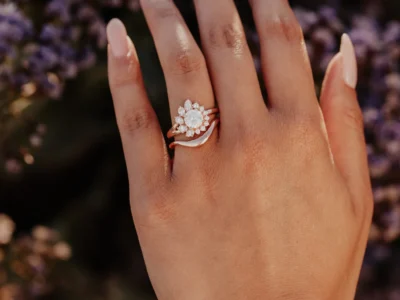
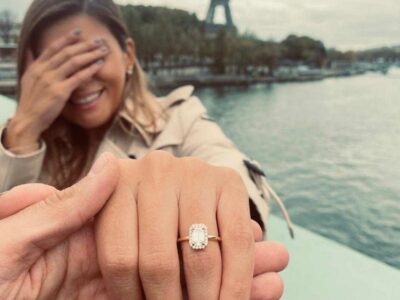


Comments